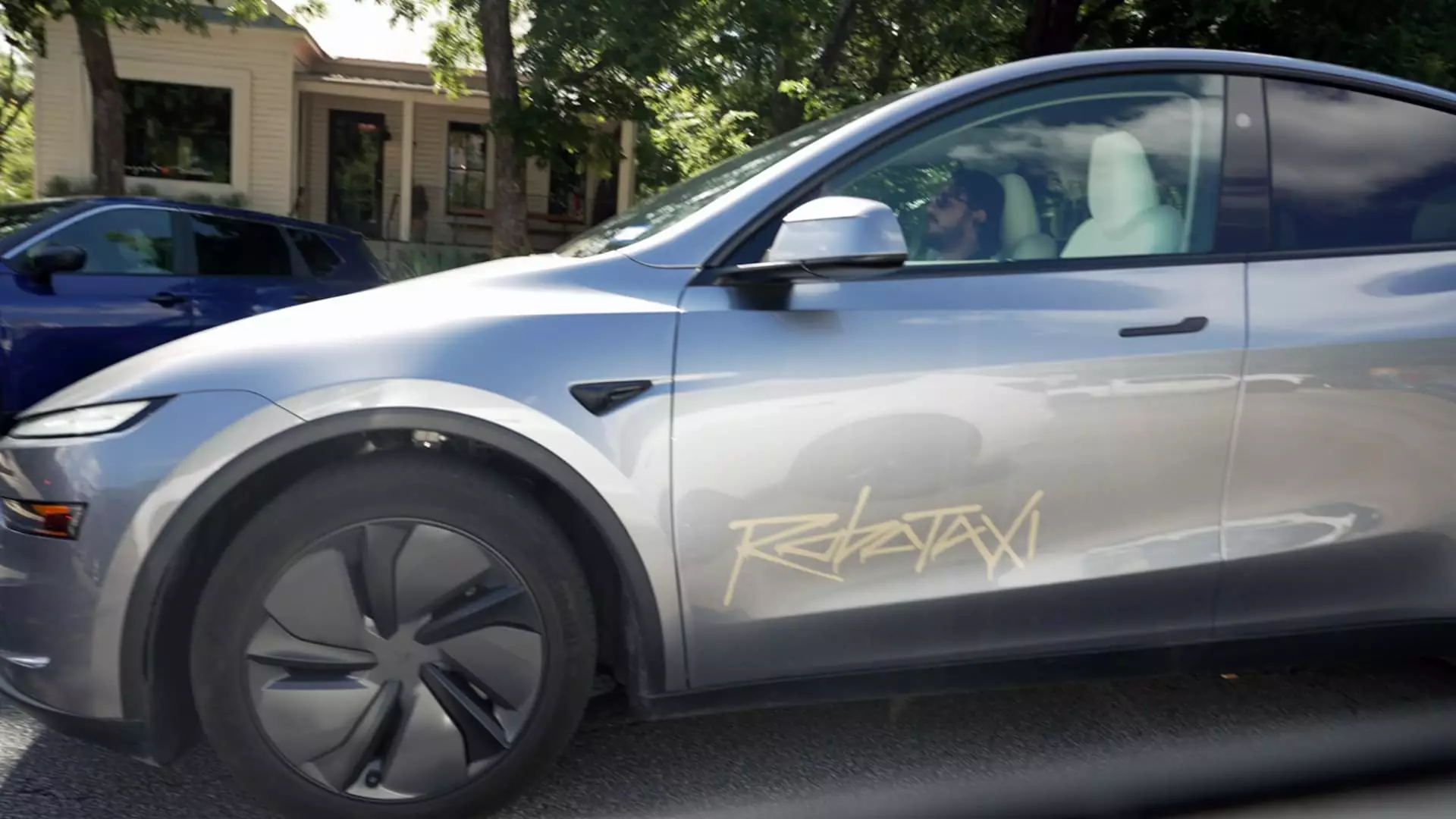Tesla’s latest push into autonomous vehicle deployment reveals more about hubris than innovation. Applying to test and potentially deploy Robotaxi services in Phoenix, Arizona, Tesla continues to portray itself as a pioneer racing ahead of its competitors like Waymo. But beneath this bold narrative lies a troubling reliance on unproven technology and a dangerous underestimation of the regulatory and safety challenges involved. Tesla’s pursuit, cloaked in the illusion of technological leadership, exposes a company desperate to capitalize on hype rather than safety and reliability.
This expansion, while framed as technological progress, feels more like a stubborn sprint toward market dominance at any cost. Tesla’s independence from more comprehensive sensing technologies like lidar suggests a desire to cut costs and outmatch competitors through spectacle, not practicality. It’s an approach that risks rushing vehicles into real-world environments before they’re ready, potentially endangering public safety and undermining trust in autonomous systems. The shift from a cautious, safety-first ethos to a high-stakes race risks the very integrity of autonomous transportation.
The Fallacy of Elon Musk’s Techno-Optimism
Elon Musk’s narrative that cameras and AI can replace the more expensive sensor arrays underpins Tesla’s autonomous ambitions. Yet this belief appears increasingly brittle in the face of mounting incidents and regulatory scrutiny. The occurrence of minor collisions, like the dinged parked car in Austin, should be a stark wake-up call—these are not innocent errors but signs of underlying deficiencies in Tesla’s self-driving systems. Instead of acknowledging these setbacks and refining their technology with humility, Tesla pushes forward with bravado, risking a repeat of tragic mistakes.
Musk’s claims of rapid expansion—expanding Robotaxi services to San Francisco in mere months—seem strategically unanchored from the reality of rigorous testing and regulatory approval. Regulatory authorities like California’s DMV and the NHTSA have already issued warnings and begun scrutinizing Tesla’s marketing claims. This confrontational posture, characterized by Musk’s dismissive comments and aggressive market expansion, might generate short-term headlines but fosters a dangerous environment where safety becomes secondary to profit.
The Flawed Promise of AI-Only Vehicles
Tesla’s strategy hinges on the idealistic belief that cameras and AI can achieve full autonomy without the aid of lidar or other sensors. This gamble disregards the complex, unpredictable nature of real-world driving environments. Waymo’s approach—using multimodal sensors coupled with years of data—has garnered credibility for safety and consistency. Tesla’s one-size-fits-all reliance on vision-based systems, while cheaper, may leave autonomous vehicles ill-prepared for adverse weather, poor lighting, or complex urban settings.
Moreover, Tesla’s focus on cost-cutting may backfire far more severely in the long run. There is a growing public and regulatory consensus that safety must remain paramount, not sacrificed on the altar of technological bravado. Musk’s ambitions, masked as innovation, risk creating a false sense of security about what these vehicles can handle—an illusion that could have catastrophic consequences if not carefully managed.
Regulatory and Ethical Blind Spots
The regulatory landscape surrounding autonomous vehicles remains fraught with uncertainty and caution. Tesla’s history, marked by incidents, legal challenges, and allegations of false advertising, indicates an entrenched disconnect with regulators and the broader public interest. The lawsuit from California’s DMV—the revelation that Tesla has yet to secure approval for driverless testing—illustrates the gap between corporate bravado and regulatory compliance.
Tesla’s willingness to accelerate deployment without fully satisfying safety and regulatory standards betrays a shortsighted focus on market leadership rather than responsible innovation. Public trust in autonomous technology hinges on transparency, consistent safety records, and genuine accountability—areas where Tesla has repeatedly faltered. Although Elon Musk portrays Tesla’s vision as a disruptive force, it sometimes seems more driven by the desire for immediate dominance rather than sustainable technological progress.
The Real Costs Behind Tesla’s Autonomous Fantasy
Tesla’s pursuit of rapid deployment, despite questionable safety records and regulatory hurdles, raises serious ethical questions. Are these vehicles ready for widespread deployment, or are they being pushed prematurely to serve shareholders’ interests? The company’s reckless optimism suggests that safety is secondary to maintaining market hype, creating a risk that accidents and failures will soon erode public confidence.
There’s an undeniable, unsettling pattern in Tesla’s approach—an aggressive push to monopolize autonomous driving, often at the expense of thorough testing and regulation. This strategy, if left unchecked, could set back the very progress Musk claims to champion. The cost of neglecting safety and regulation is not merely financial; it’s a matter of public trust, human lives, and the ethical integrity of autonomous innovation.
In the end, Tesla’s relentless rise reflects a broader challenge: how do we balance innovation with responsibility? As Musk and his company sprint toward industry dominance, they must confront whether their technological bravado is rooted in genuine progress or a dangerous illusion that could ultimately do more harm than good.


Leave a Reply